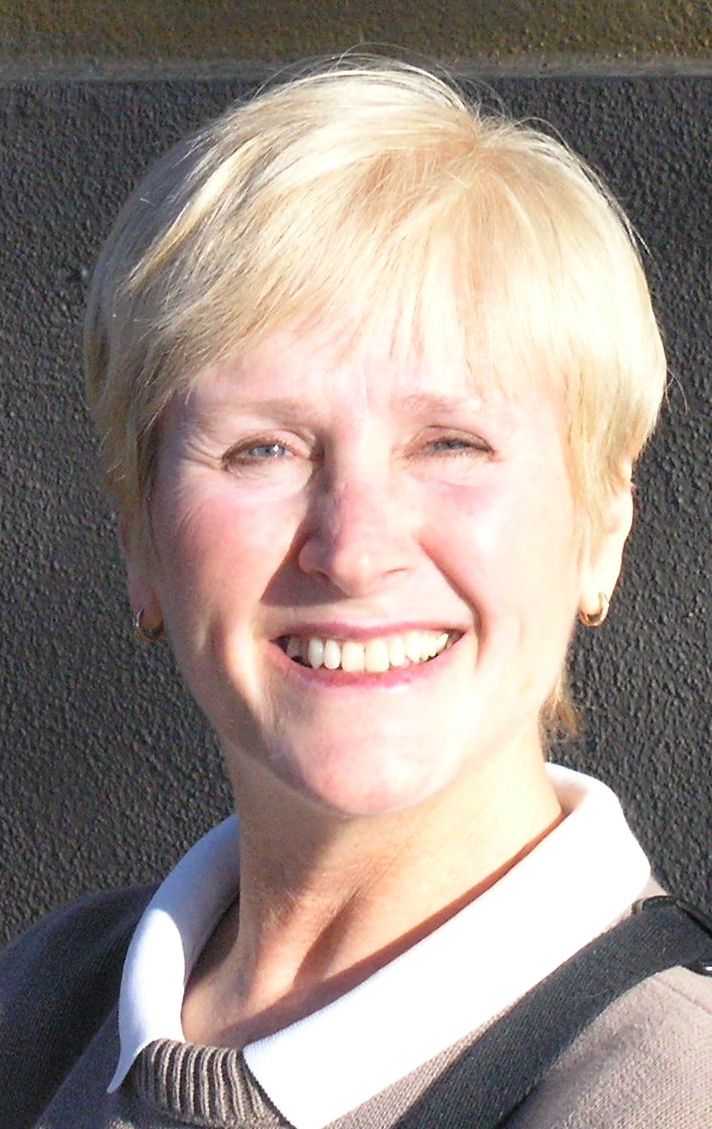 DEAR DREAMERS, THE ANNUAL CONFERENCE OF THE International Association for the Study of Dreams will feature the leading researchers and practitioners in the “field of dreams.” If you attend, you may sit in a workshop with dream interpretation icon Patricia Garfield, Ph.D. She is co-founder of the IASD and most impressive in her wealth of knowledge of dreams and dreamers from around the world.
DEAR DREAMERS, THE ANNUAL CONFERENCE OF THE International Association for the Study of Dreams will feature the leading researchers and practitioners in the “field of dreams.” If you attend, you may sit in a workshop with dream interpretation icon Patricia Garfield, Ph.D. She is co-founder of the IASD and most impressive in her wealth of knowledge of dreams and dreamers from around the world.
In her book “The Universal Dream Key,” Garfield distills the results of her study of dreams contributed from 500 dreamers — 325 from the United States and 175 from 36 other countries.
Garfield’s book is a guide for applying dreams to our daily lives and for understanding our dreams in the context of the “epics that have been told since the dawn of time.” She says that “the intimate stories that you tell yourself tonight when you go to bed have flowed across the centuries from cave dweller to condo dweller. … They unveil not only your most intimate secrets but also the dreads and desires of humankind.”
We talked in March about two of the 12 most common dream themes Garfield identified in her book: Being chased or attacked, and falling or drowning. Here are two more of those recurring themes you’ll recognize from your own nocturnal travels!
Missing the boat or other transport versus pleasant travel. Garfield cites the usual meaning of such dreams as they equate to the dreamer’s waking life: I’ve missed an opportunity. I’m too late. I’ve missed my chance. These dreams speak to waking frustrations and fears that life is leaving us behind, and that we need to “get our acts together” or face the disappointment of lost prospects.
Dreams of pleasant travel would, in contrast, reassure the dreamer that s/he has prepared well to enjoy the journey of life. Garfield urges dreamers to be alert to the names of destinations that may appear in such dreams, as they can be laden with meaning.
Being lost or trapped versus discovering new spaces. Common among dreamers in Garfield’s study, and familiar to us all, these dreams typically occur when we feel confusion or conflict about how to act in a waking situation.
Garfield suggests starting with some guiding questions as you begin to explore the application of such dreams to your waking life: Where was I trying to go in the dream? Home? School? Work? At what point did I become lost? What led me astray? How did I try to find my way? What area of my waking life is mystifying me? The answers can help pinpoint the crux of the desperate or fearful emotions that originate with the waking circumstance and generate the dream.
It follows that discovering new spaces in your dream would speak to the sensation of expansion in your waking life. Perhaps your dream depicts windows or doors opening to you as an encouragement to move forward in your endeavors. Hooray!
The IASD Conference will be in Berkeley June 4-8 this year. Hope to see you there!
Sweet Dreams to you!
Carolyn Plath, M.Ed., is a Benicia resident and member of the International Association for the Study of Dreams. Reach her at sendmeyourdreams@yahoo.com.






Leave a Reply